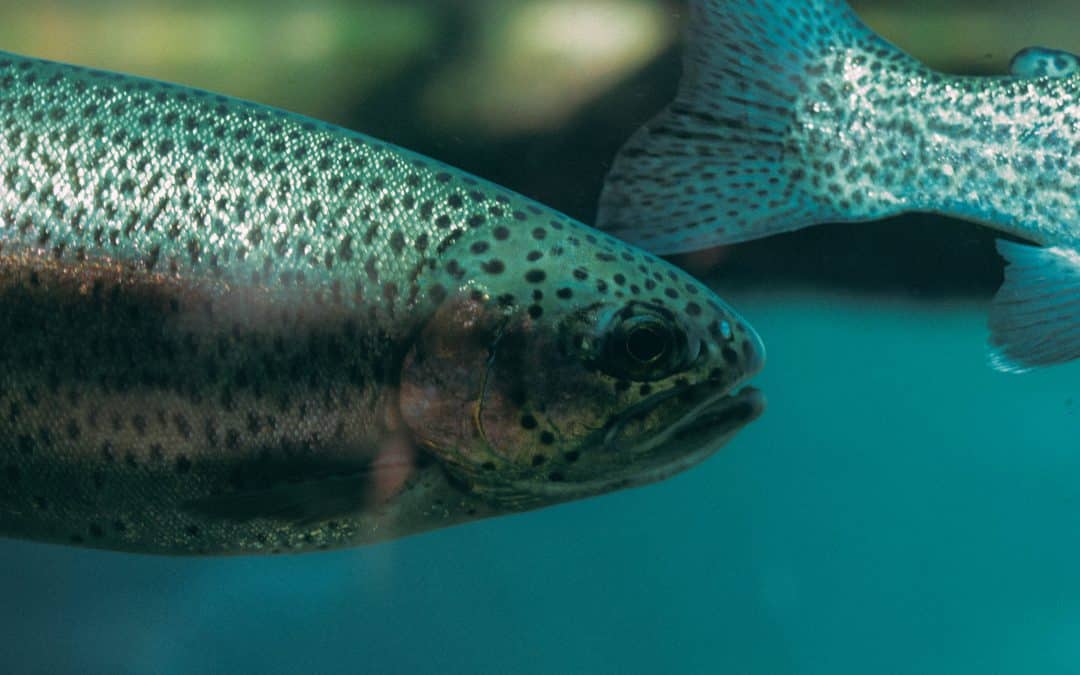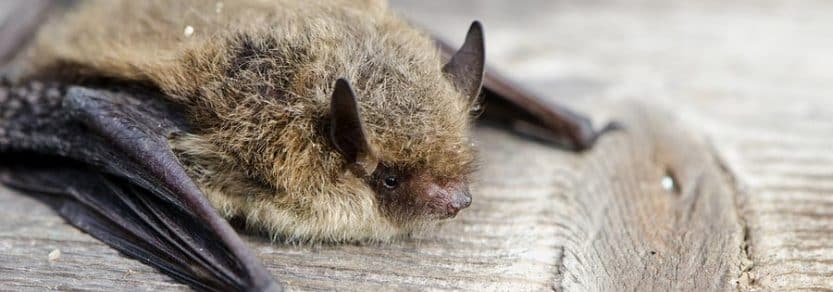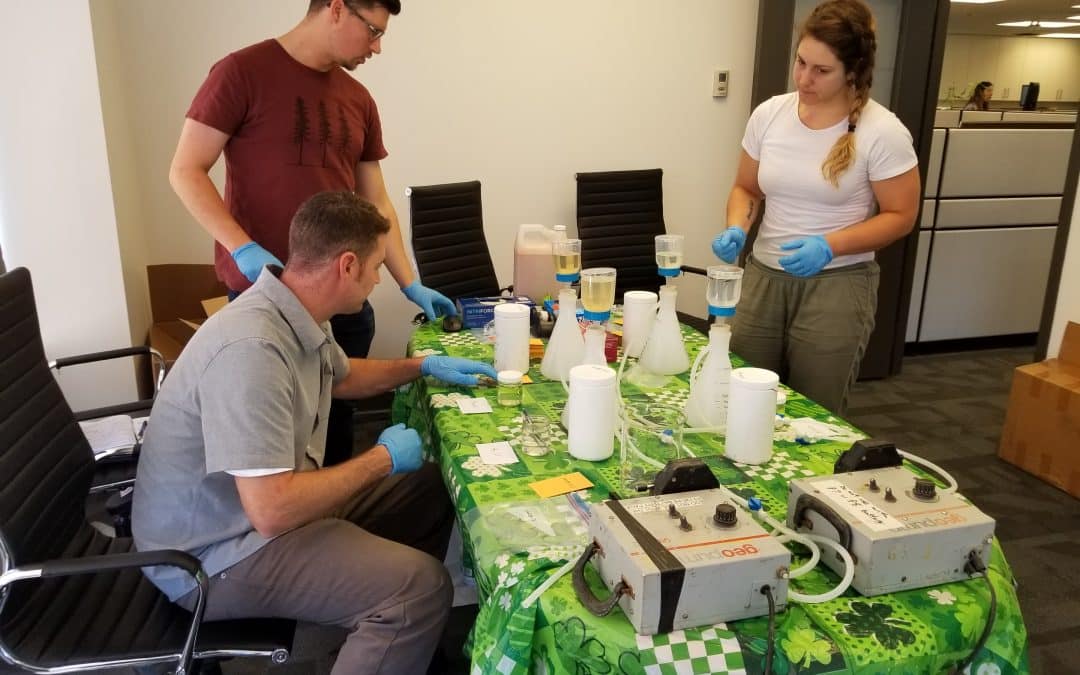
Message From the President
Raminder Grewal, P.Eng.
Keystone Environmental is extremely proud to be marking its 35th anniversary this year – a significant milestone that only a few companies can achieve.
We are celebrating this anniversary on the heels of what is arguably the most challenging years in recent history – coming out of a pandemic – and with a future that can be uncertain for many. However, the future of environmental consulting looks bright as large projects are continuing to evolve and take shape, and Keystone Environmental is at the forefront offering innovative services for sustainable environmental solutions.
As Keystone Environmental turns 35, I look back on our original mission, how we changed, and what the future holds. Today, our mission has unwavered and remains strong – focusing on People and Performance, we will be the Go-To environmental consulting firm.
Reflecting on the long history of our company, I’d like to acknowledge our founders – Bill Donald, Don Bryant, and Ken Evans – who started this company. We have since built on this foundation and have grown this organization to a well-respected environmental consultancy operating across Canada.
Our growth and success are a reflection of our team, which I’m extremely proud of. We have leadership at all levels, not just the top. Our team does not only think about the bottom line, but about the culture they help to shape to service our clients. Our leaders bring out the best in their teams, the organization, our clients, and ultimately, their communities.
To all our team members, clients, partners, and friends – I thank you for your continued commitment to Keystone Environmental. This company is able to achieve its positive environmental impact due to your dedication and support.
Here’s to another successful and exciting 35 years.






